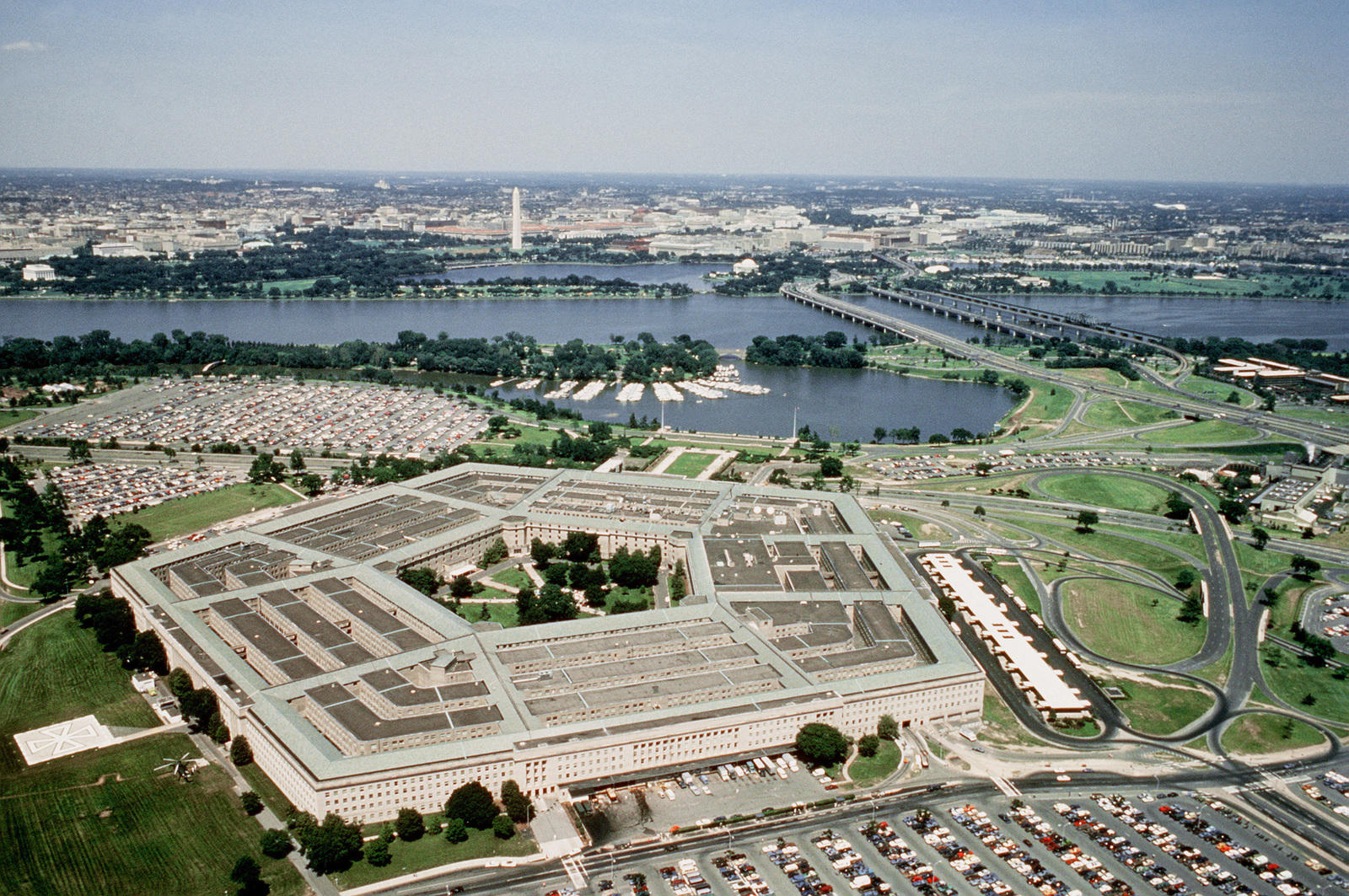Recommended
In June, the US State Department’s Office of Foreign Assistance released a new strategy, signaling its renewed emphasis on foreign aid effectiveness. While its function is poorly understood, the Office of Foreign Assistance plays a key role in coordinating US economic and military assistance allocations, primarily those of USAID and the State Department—two agencies that manage the first- and third-highest volumes of US foreign assistance, respectively.
Figure 1. Composition of US foreign assistance obligations by managing agency (constant $, FY 2010-2020)
The Office of Foreign Assistance performs three core functions. First, it coordinates the formulation of future USAID and State Department foreign assistance budget requests—a process that begins two years before the start of a fiscal year. Second, it manages the execution of the current fiscal year’s aid budgets for State and USAID, ensuring that obligations align with the State and Foreign Operations spending measure and its many embedded congressional directives and administration objectives. Third, it collects and analyzes performance and outcome data associated with past foreign assistance budgets.
Historically, the office has focused primarily on the first two functions at the expense of the third, but the new strategy suggests it hopes to pivot more towards the third. According to its new mission statement, the Office of Foreign Assistance’s purpose is to “optimize the impact of US foreign assistance by aligning resources to foreign policy objectives, measuring effectiveness, and promoting evidence-based policies.” The strategy’s goals and objectives all prioritize the importance of data and evidence-informed foreign assistance decision-making.
One theme highlighted in the new strategy is that foreign assistance is a tool to achieve US foreign policy objectives. This framing, while unsurprising to US foreign policy experts, is likely to alarm global development advocates, who prefer to view development promotion—one component of US foreign assistance—in more altruistic, less self-interested terms.
But US officials have used a similar approach in the past, including as part of the 2010 Quadrennial Diplomacy and Development Review (QDDR), when seeking to elevate diplomacy and development promotion as crucial pillars of US foreign policy. Recent empirical social science offers some validation that the shift is not just rhetorical. As political scientist Sarah Bermeo argues in her 2018 book Targeted Development: Industrialized Country Strategy in a Globalizing World, in the post 9/11 era the US and other wealthy donors have genuinely shifted to a foreign assistance strategy of development promotion in the Global South to deal with the negative spillover effects of underdevelopment.
The framing of foreign assistance, including development aid, as a strategic tool does not preclude positive outcomes. In fact, the elevation of development promotion as a foreign policy priority is a clear improvement over the Cold War era, where aid allocations were primarily used to secure other geopolitical goals, such as policy compliance.
However, while the elevation of development promotion as a strategic foreign policy tool does not preclude positive outcomes, it also does not guarantee them. To capture the greatest strategic benefit from development promotion as a foreign policy tool, there must be visible evidence of aid effectiveness. And so far, in the post 9/11 era, outside of the health sector, the track record is less than impressive. Since 2010, many of the promising trends that emerged at the end of the Cold War have stagnated or reversed. Violent conflict and fragility persist in large swaths of low- and middle-income countries, especially in the Middle East and North Africa region; democratic backsliding has eroded the gains from democratization’s “third wave”; and despite the “rise of the rest” and the reduction of economic disparities between countries, economic inequality within countries has persisted or deepened.
And herein lies the significance of the Office of Foreign Assistance’s new strategy. If truly capturing the strategic value of foreign assistance requires actually achieving results, then the US government should prioritize harnessing better evidence to inform aid allocation decision-making—an agenda that the Center for Global Development has promoted over the past decade. The new strategy highlights the importance of analyzing outcomes and ensuring that findings feed back into policy and decision-making. Since the first QDDR, both the State Department and USAID have—in theory—supported this goal, but in practice, progress has been more halting.
As Bermeo notes, one endemic obstacle to reform efforts is bureaucratic inertia. As she puts it, “bureaucracies are prone to lag behind the changing intentions of their principals.” Change management requires not only a shift in stated goals, but also shifts in agency skills, culture, and incentives. But a clear vision is essential, which is what the new Office of Foreign Assistance strategy provides.
Disclaimer
CGD blog posts reflect the views of the authors, drawing on prior research and experience in their areas of expertise. CGD is a nonpartisan, independent organization and does not take institutional positions.






